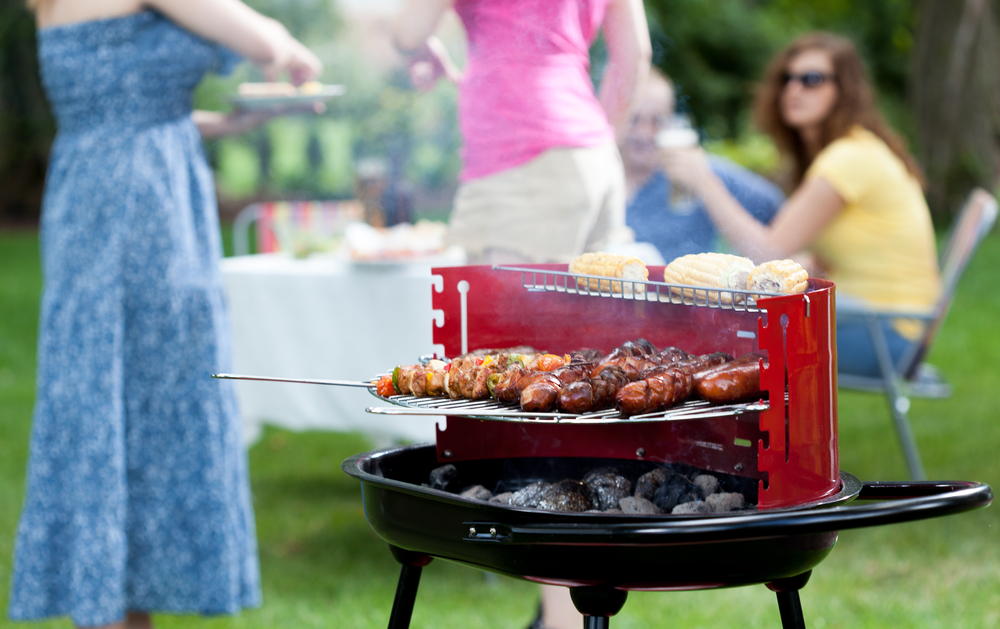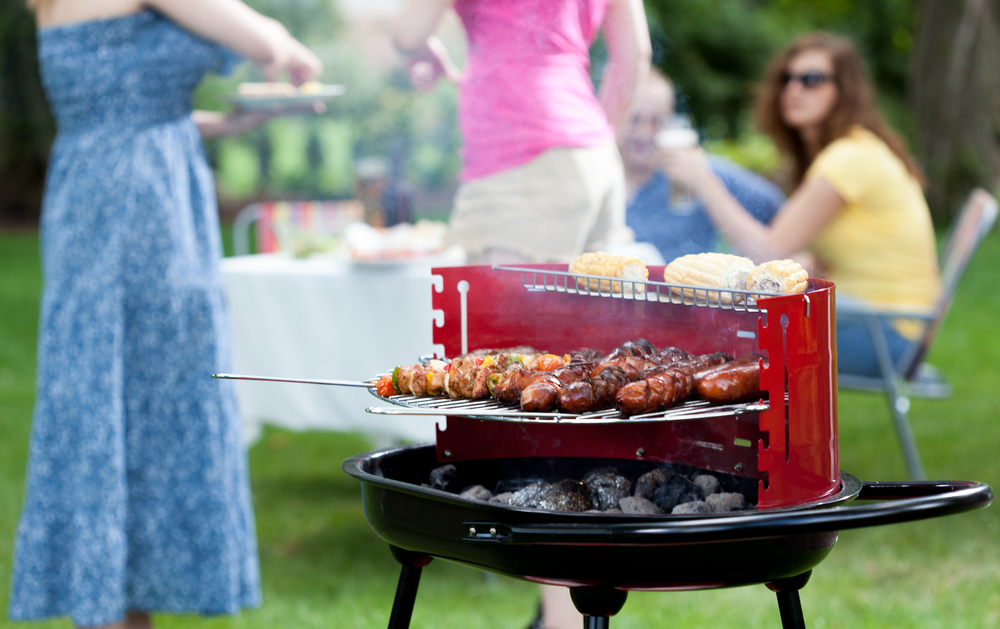In my family, the BBQ comes out once the days regularly stay above 15 degrees Celsius. It's such a relief to finally start enjoying our favourite summer recipes!
Unfortunately, cooking meat at high temperatures when grilling, broiling or frying creates chemicals called heterocyclic amines (HCAs) which are carcinogenic. Yikes! Not what we want to add to our summer menu.
Even worse, fat dripping from meat onto hot coals, stones or burners creates additional cancer-causing chemicals called plycyclic aromatic hydrocarbons (PAHs).
Once formed, PAHs are deposited back on food by smoke and flare-ups. The more intense the heat, the more PAHs are present.
Here are some tips to help minimize the formation of HCAs and PAHs so you can enjoy your BBQ all summer guilt-free.
- Choose lean cuts of meat and trim excess fat before cooking.
- Keep portion sizes small to cut down on grilling time.
- Make kebabs as meat cooks more quickly than whole steaks.
- For meats that require longer cooking times partially cook in the microwave first, drain the juices, and then finish on the barbecue. This can reduce HCAs by 90%.
- Even briefly marinating foods before grilling can reduce the formation of HCAs by as much as 99%.
- Cooking at lower temperatures will decrease the formation of HCAs.
- For burgers, reduce carcinogens by cooking at a lower temperature and flipping them every minute while cooking. This can reduce carcinogens by 75 – 95%.
- To reduce smoke and flare-ups avoid letting juices drip into the flames or coals. Use tongs or a spatula to turn foods rather than piercing meat with a fork.
- Remove charred and burned portions before eating.
And no worries about cooking vegetables and fruit on the BBQ, as no harmful chemicals are formed, so you can eat plenty!





